What causes traffic congestion?
There are four types of traffic congestion: environmental, mechanical, human and infrastructure-related.
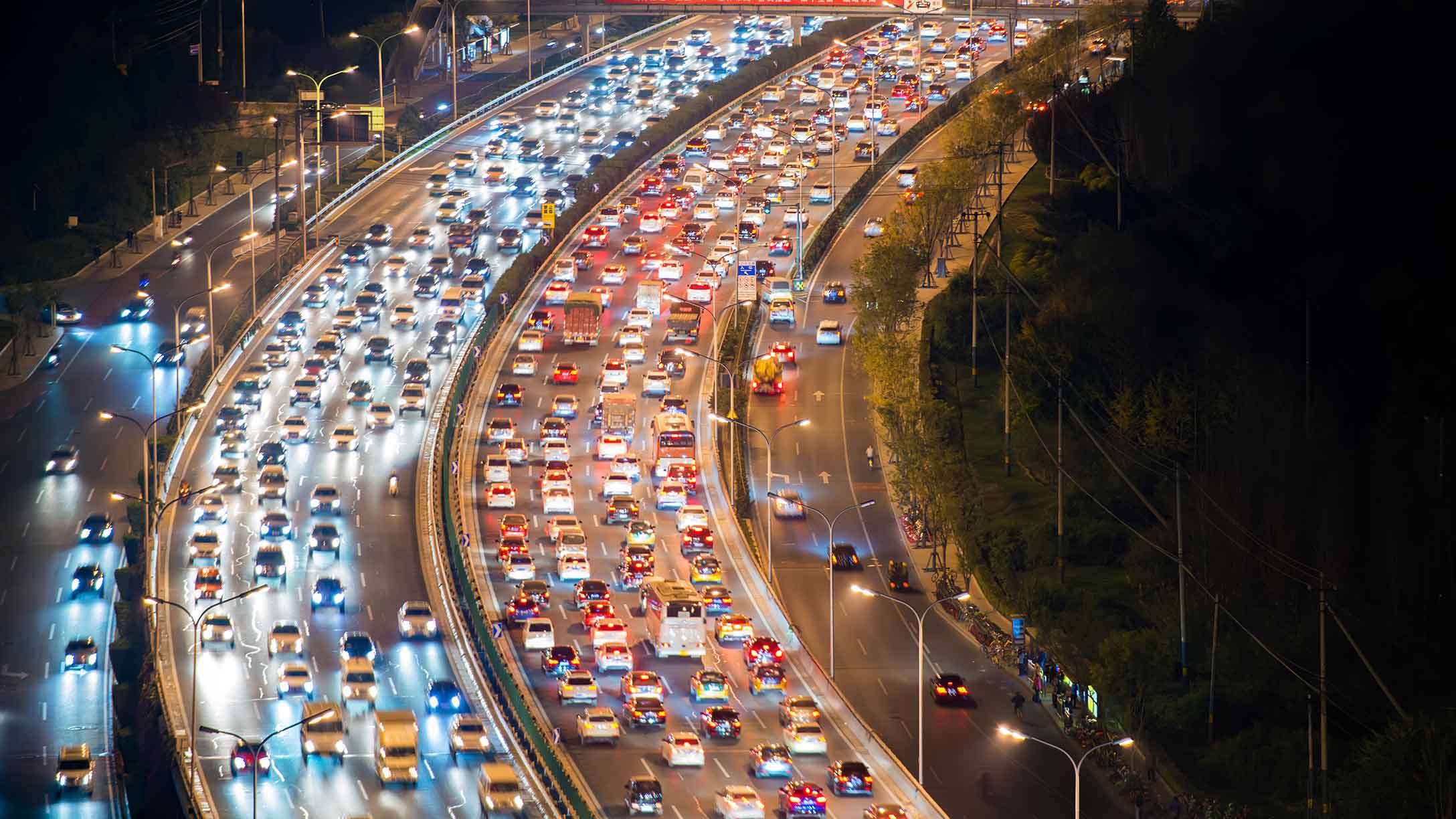
How much time is wasted on traffic? It’s the time spent hitting your brakes, as you wonder why this spot on the freeway always comes to a screeching halt. It’s the time spent inching forward, as you crawl along the gridlocked road ahead. It’s the time spent sitting, as you frustratingly question how the traffic jam even began.
What are the causes of this phenomenon linked to stress, higher blood pressure and weight gain? We take a look in this article.
See also:
How autonomous driving will change our highways and cities
What are GPS jammers and how do you combat them?
Types of congestion
There are two overall types of traffic congestion, according to the Department of Transportation: recurring and non-recurring. The DOT states that about half of traffic congestion is the recurring kind, which happens daily and is due to a lack of capacity on the road — or in other words, there are more vehicles travelling at a given time than can physically fit. The other type of congestion, non-recurring, is what the DOT calls “temporary disruptions” in travel, such as bad weather or a vehicle collision.
Within these two types of traffic congestion, we’ll look at four more specific categories:
- Environment (non-recurring)
- Mechanical (non-recurring)
- Human (non-recurring)
- Infrastructure (recurring)
Taken together, these reasons account for why city-dwellers are likely to see what should be a 30-minute commute turn into a 45-minute commute.
1. Environment
A study by Dr. Jean Andrey and Daniel Unrau found that traffic collisions increase by around 50 percent during snow and rain. From rainy or foggy weather, to the extreme snowstorm that stops drivers in their tracks, weather has an uncontrollable effect on not just traffic but road conditions as well. Even a gentle rain can make an impact if all drivers slow down together.
Something more serious such as a sudden mudslide could not only stop traffic but cause a collision if a driver happens to be in the wrong muddy place at the wrong muddy time. This is an example of how weather can have a compounding effect on traffic by creating bad situations, or by making already bad traffic situations even worse.
All in all, bad weather is the main culprit in 15% of traffic congestion cases, according to the DOT.
Read how you can protect your fleet from winter weather with a smart in-cab weather alert.
2. Mechanical
Another factor that can cause traffic congestion is the case of a mechanical failing. While arguably a mechanical failing could fall into a human-caused category, such as if the person failed to properly maintain the vehicle’s tires, this is not always the case.
Mechanical failings can also happen due to external factors such as a sharp object on the road, and can happen suddenly while driving, even if you just had your vehicle maintained.
While humans can help prevent and decrease mechanical issues by inspecting vehicles before every trip and making sure preventive maintenance cycles are followed, either way, these issues require the driver to get off the road. When you’re on a five-lane highway, this task can prove difficult. When other drivers rush to get around the stopped vehicle, it only further drags out the impact on traffic as drivers merge into surrounding lanes instead of stopping to let the person quickly get to the shoulder.
Again, while in some scenarios a driver may have been able to prevent the issue, even some of the most seasoned and responsible drivers can find themselves in these situations.
3. Human
The all-too-common cause of traffic is humans. From distracted or drunk driving to drowsy driving or emotional driving, there are many dangerous scenarios — even with our opposable thumbs and large frontal lobes — that humans trigger on the road. Just taking a quick look at some 2016 traffic fatality statistics from the National Highway Traffic Safety Administration gives a plain view at the chaos our decisions can cause on the road:
- There were 29 alcohol-impaired driving fatalities per day. This number has been steadily increasing over the last few years.
- In the passenger car segment, 21% of drivers involved in a fatal collision had a blood alcohol content of .08 or higher.
- Speeding-related accidents accounted for 27% of fatalities.
The 2016 NHTSA report also found that distracted driving and drowsy driving declined compared to 2015. While distracted driving might not be causing as many fatalities, it is an area where driver behavior can impact traffic on a regular basis. Consider this — in a AAA Foundation for Traffic Safety study on the brain’s cognitive load during driving, it takes an average of 27 seconds for the driver to become completely focused on driving again.
Phantom Traffic Jams: It’s unsurprising then that drivers end up making quick decisions and engage in behaviors like last-minute braking. Once a driver slams on the brake because he or she was distracted, a ripple effect begins. Depending on other traffic conditions, this one mistake in braking could slow traffic in that lane and surrounding lanes for hours. This is what’s referred to as phantom traffic jams because as drivers get through the sluggish spot, it will seem as though absolutely nothing had caused the slowdown. Researchers describe it as the same ripple effect that a bomb makes.
Read the Geotab report: Predicting traffic congestion with driving behavior
The even-worse situation is when that last-minute braking scenario turns into a fender bender. Again, that time getting off the road causes even more residual traffic, especially when “rubbernecking” is present.
But the truth is that much of the congestion caused by humans is due to a much simpler reason than any of those listed above — driver training. Many of our fleet readers who have gone through driver training programs likely agree. To get a license, a driver must show an understanding of the rules of the road, not necessarily how to best merge onto a freeway or use the accelerator instead of last-minute braking to deal with stop-and-go traffic. If all drivers went through the training and fleet safety coaching that many fleet drivers do, it’s arguable that some traffic congestion could be prevented.
4. Infrastructure
Another category that could also arguably be human-caused is infrastructure. However, while humans created it, infrastructure is so vast and the world around it changing so rapidly, that’s it’s not necessarily the fault of engineers who didn’t foresee the demands which would be put on roads at exponential rates. From potholes that cause slowdowns to bottlenecks in areas that out-populated their roadways, infrastructure is the hidden troll that amplifies traffic problems in many urban and suburban areas.
Bottlenecks alone account for 40% of traffic congestion causes, according to the DOT. Ironically, in our efforts to improve infrastructure, construction also causes 10% of traffic.
See also: Podcast: Smart Cities and data-driven traffic
Getting control of the causes
While environmental factors are outside of our control, technology provides some hope in solving the traffic challenges. Autonomous vehicle technology has the potential to mitigate human error, smart traffic signals can intuitively keep roads moving, and smart traffic corridors could end that phantom traffic once and for all. Our blood pressure could certainly use the break.
Related:
Route optimization: Plan deliveries better with traffic modeling
Subscribe to get industry tips and insights
Geotab team
Table of Contents
Subscribe to get industry tips and insights
Related posts

The fleet safety incentive program checklist for driver engagement that lasts
June 19, 2025
2 minute read
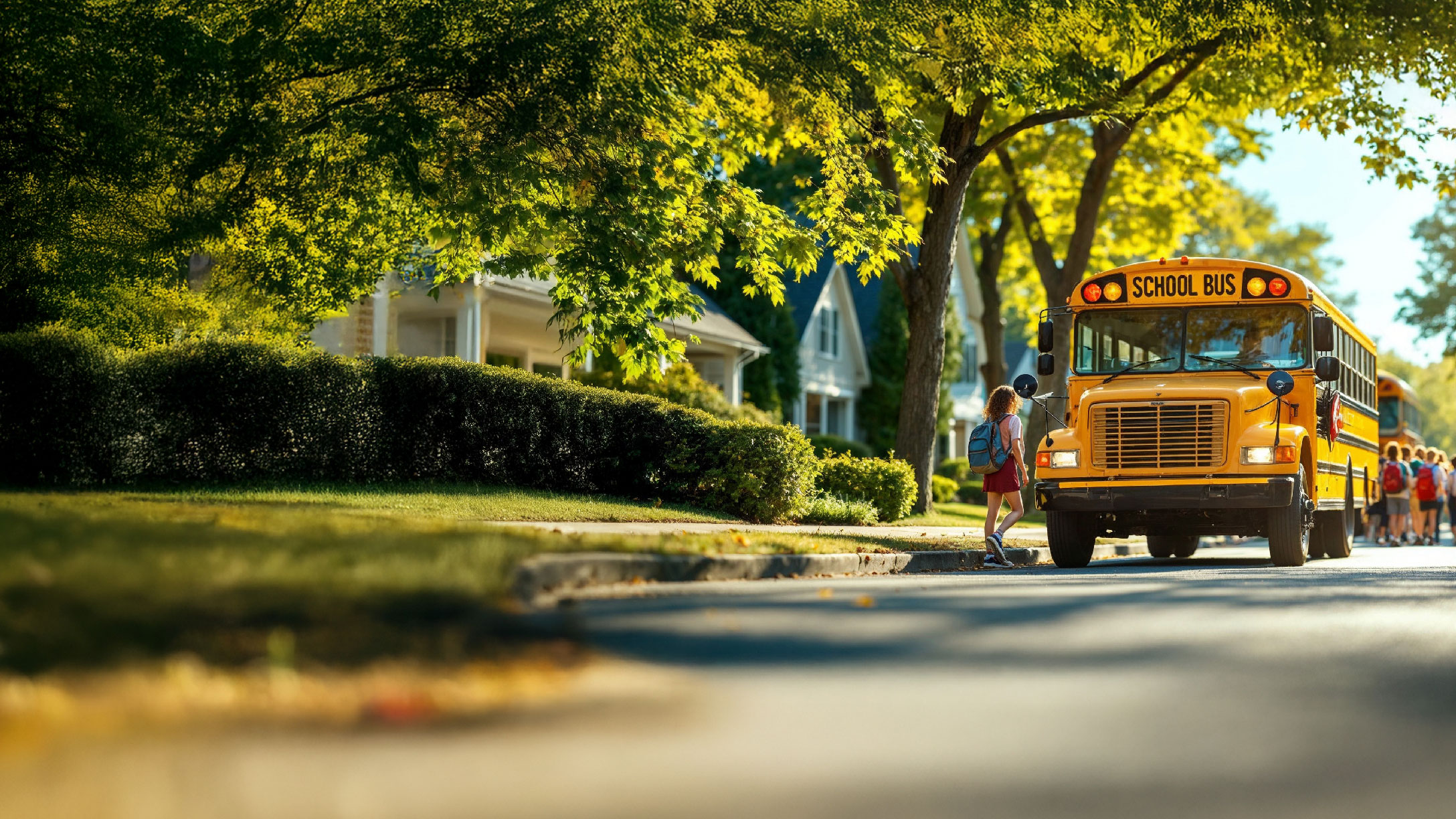
Smart selection guide for school bus fleet maintenance features
May 21, 2025
5 minute read
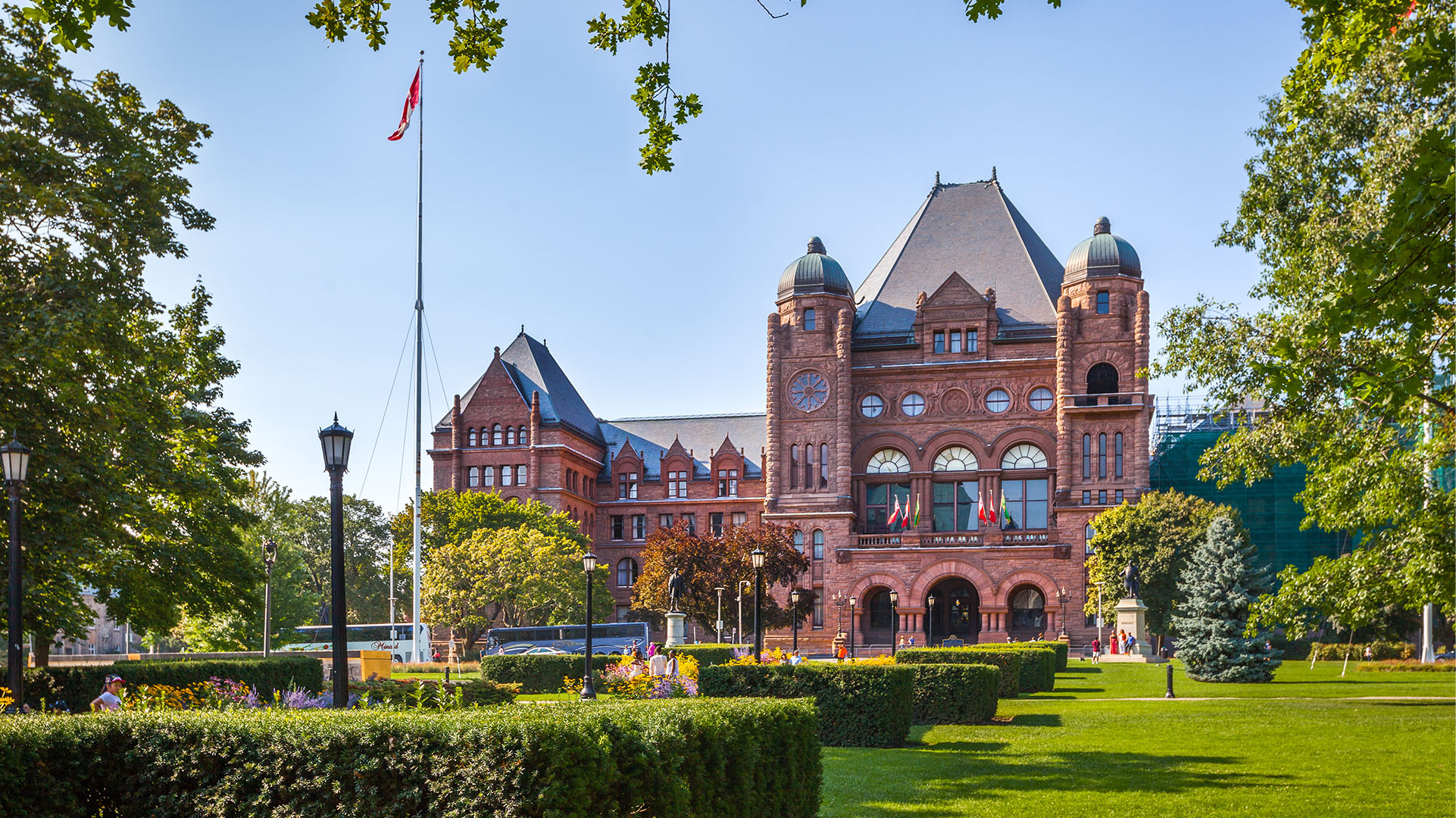
What is government fleet management software and how is it used?
April 10, 2025
3 minute read
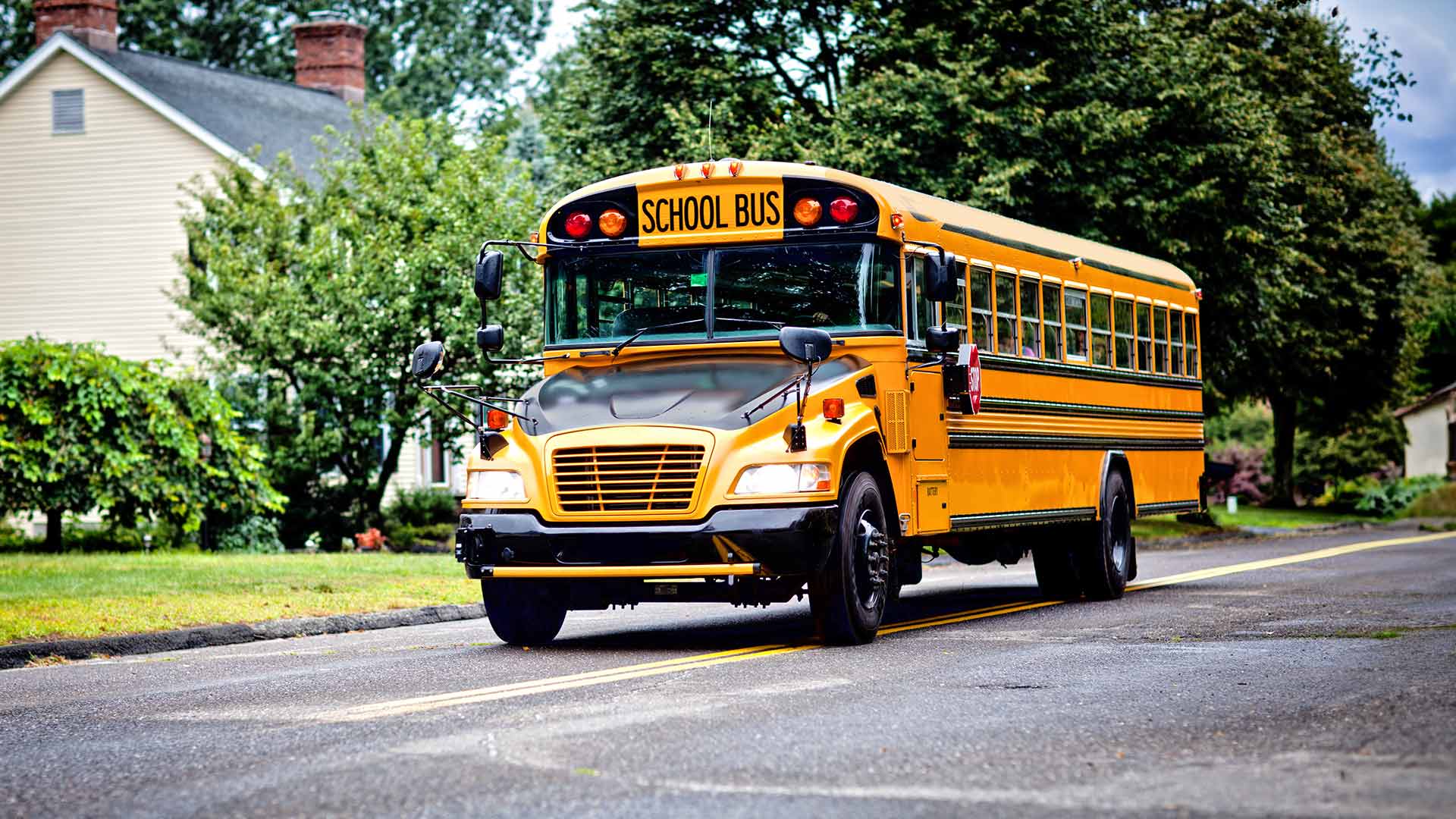
Enhancing student bus safety: Combating distracted driving in the digital age
April 7, 2025
6 minute read
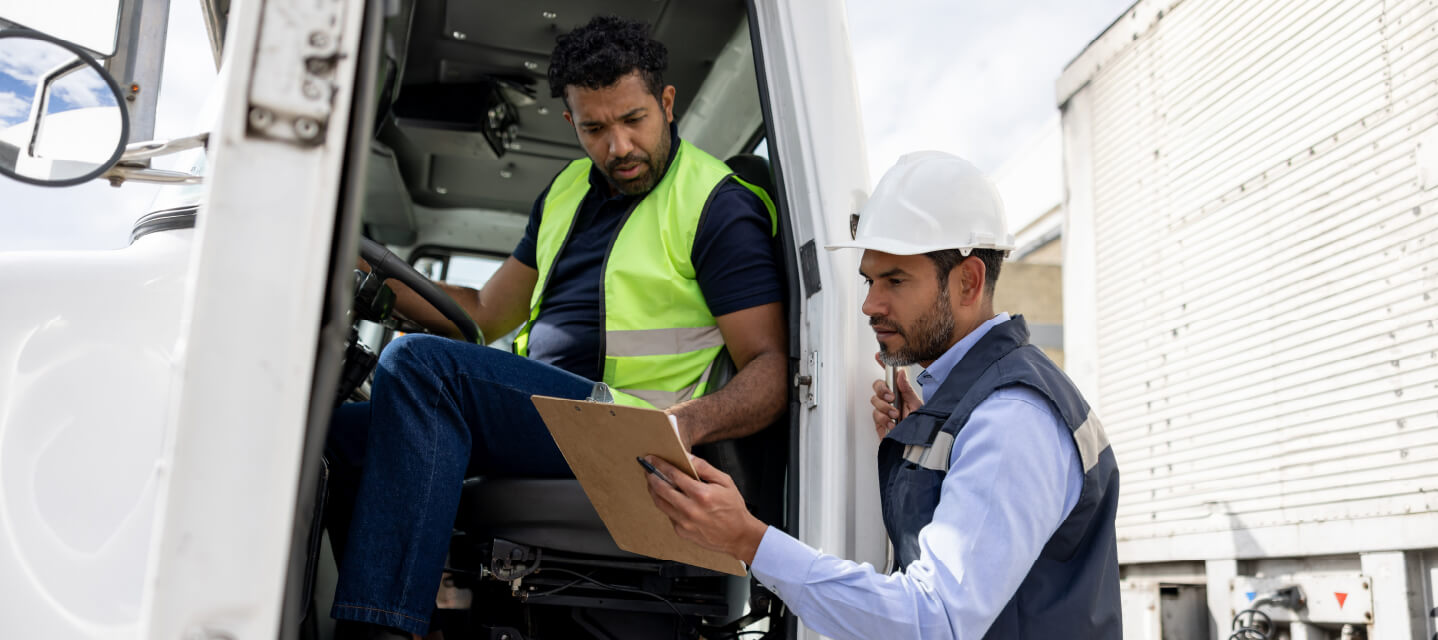
What Is Fleet Management? A Complete Guide for Fleet Managers
January 21, 2025
5 minute read
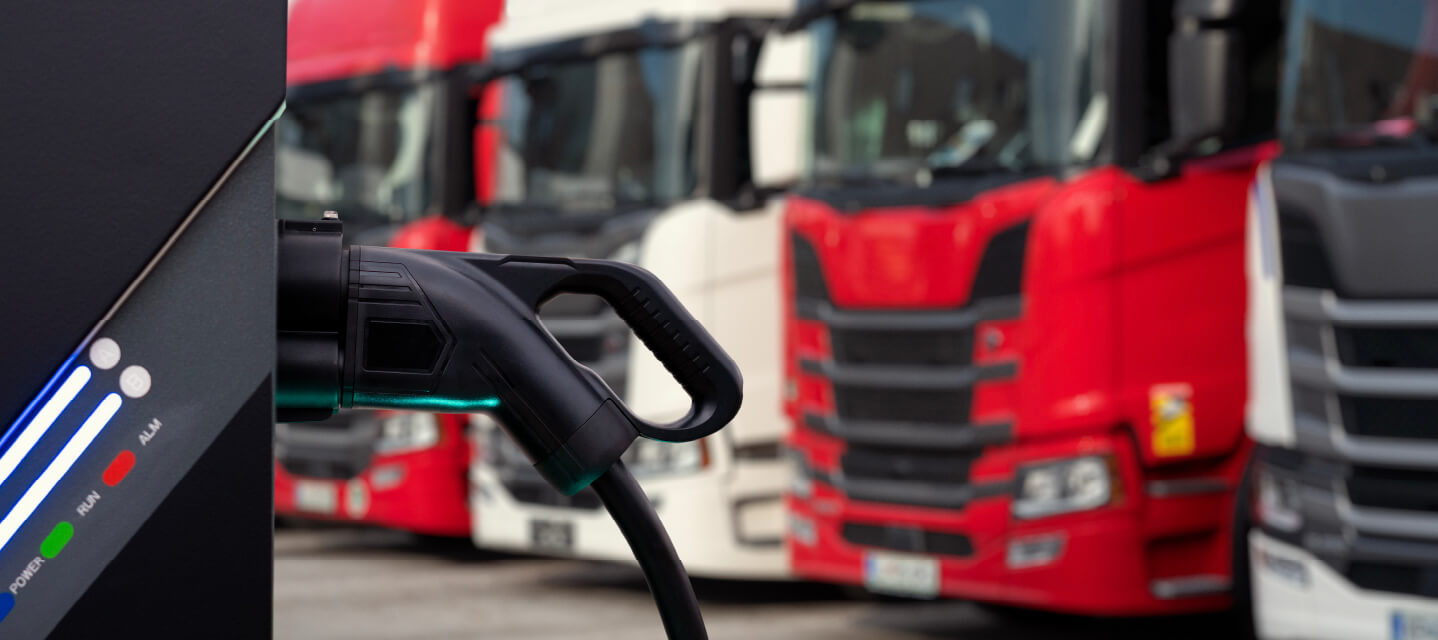
How long do electric car batteries last? What analyzing 10,000 EVs tells us…
January 20, 2025
9 minute read